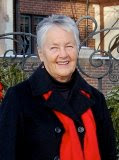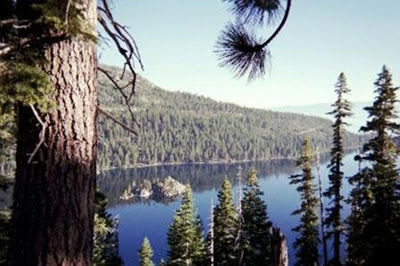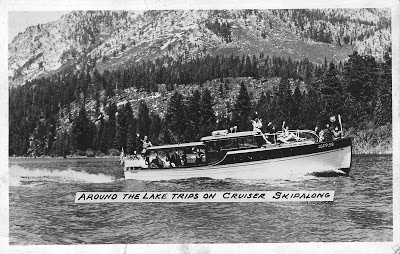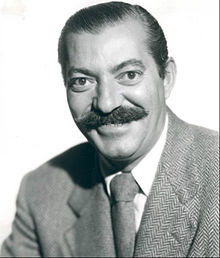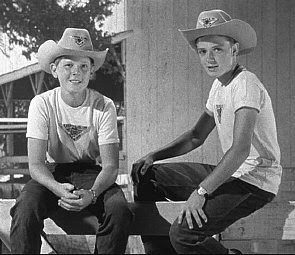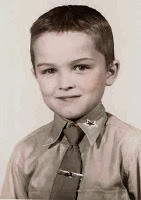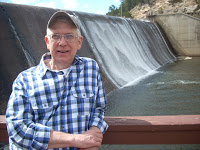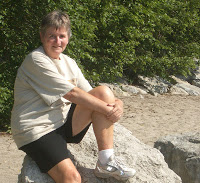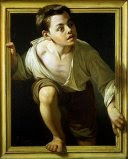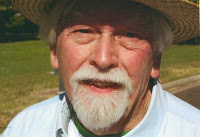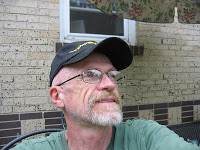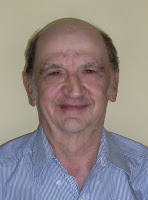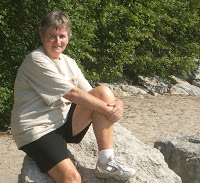I recently had occasion to kill some time in downtown Denver. Gill and I were meeting family for brunch one Sunday morning. The restaurant was on the 16th St. mall so we took the W line train to Union Station, hopped a mall shuttle and arrived on time, fresh, unstressed, and hassle-free— made possible by our choice of public transportation—no fighting traffic, no searching for a place to park, etc.
After breakfast and visiting, Gill returned home on the W line. The others went their way. I had two hours to wait before attending the 1:00 pm performance of Carmina Burana by the Colorado Symphony Orchestra and Chorus at Boettcher Concert Hall.
It was a beautiful Sunday morning so I decided to amble down 16th St. mall and see what I could see.
I was immediately reminded of how I love downtown Denver. I was struck by the numbers of people bustling about on a Sunday morning. Half the stores were closed it seemed. So, what were all these people doing? Going somewhere and most of them in a hurry. Many were sitting in restaurant patios drinking whatever or eating, but mostly just enjoying the environment, the clear blue sky, and warm temperatures.
I immediately realized that the magic about this mall environment is made possible by the fact that there is no automobile traffic. Only and occasional shuttle bus, bicycles, skateboards, and scooters. Even the hand/foot propelled vehicles are not allowed to be ridden on the mall. Everyone is required to be a pedestrian.
There appears pop art at every turn of the head—the buffalo herd near Wazee St.—six or eight life-size buffalo silhouettes standing on the side walk, musicians at almost every block playing guitar on one corner, flute on the next. And then there are the brightly painted upright pianos sparsely scattered throughout the mall waiting to be played by anyone who cares to try.
The center of the mall strip is a cultural center of its own: people playing board games on the stationary checkerboards, permanent concrete fixtures in the center of the mall strip, people reading the Sunday morning paper, people reading a local map, people playing the pianos. I’ve often wondered what they do with those pianos when it rains or worse when it hails which we all noticed it has a tendency to do here.
In spite of its location in the heart of downtown, the mall is amazingly peaceful, at least one gets that sense. The benches and chairs and tables and especially the plantings make it so. The trees, grown to maturity now, are plentiful complemented by the ever-present giant flower pots displaying a splash of color here and there.
I almost ran into a steer on the mall. Beautifully painted light blue with colorful depictions of the Denver skyline, DIA, some trees and mountains representing our beautiful area parks. These words were written clearly on its rump.
“DIA Denver International Airport is the nation’s largest—53 square miles
Denver has the nation’s largest city park system with more than 200 parks within its city limits.
Not to mention the 300 days of sunshine each year.”
No wonder I love this place. Especially in the summer. I love the park-and-ride bicycles standing neatly in a row on their racks waiting for the next rider to jump on. What a great idea. I’m glad to see this grab-a bike-program being used and persisting. If I were in a real hurry, I could pay the fee pull a bike out of its stall jump on and pedal to Botcher, deposit my borrowed vehicle and be in my seat in 10 minutes. But I have plenty of time so I continue with my amble.
Arriving at the DCPA I am struck immediately by the awesome view straight ahead of me—the snow-covered peaks of the Front Range between a bright blue sky behind and the green foot hills in front. All this from a vantage point in the midst of downtown Denver. Takes your breath away. Again, now on the main concourse of the DCPA, I realize that it is the absence of traffic that makes this environment so special—relaxing and hassle free in spite of the numbers of people moving about.
It was time to go into the concert hall and take my seat. Soon I was again transposed momentarily to some other world by the awesome beauty of this powerful piece of music by Carl Orff, Carmina Burana. There is something so special about listening to live music. The performance was inspiring. I felt a wave of pride in MY orchestra, MY chorus, MY concert hall—all mine because we all belong to MY hometown.
I have been to many awesome public places most in this country and some in other countries. On this day, I could easily say that downtown Denver is just about my favorite.
© 6 June 2016
About the Author
the GLBT community including PFLAG, the Denver Women’s Chorus, OLOC (Old
Lesbians Organizing for Change), and the GLBT Community Center. She has been
retired from the human services field for 20 years. Since her retirement, her major
activities have included tennis, camping, traveling, teaching skiing as a
volunteer instructor with the National Sports Center for the Disabled, reading,
writing, and learning. Betsy came out as a lesbian after 25 years of marriage.
She has a close relationship with her three children and four grandchildren.
Betsy says her greatest and most meaningful enjoyment comes from sharing her
life with her partner of 30 years, Gillian Edwards.
